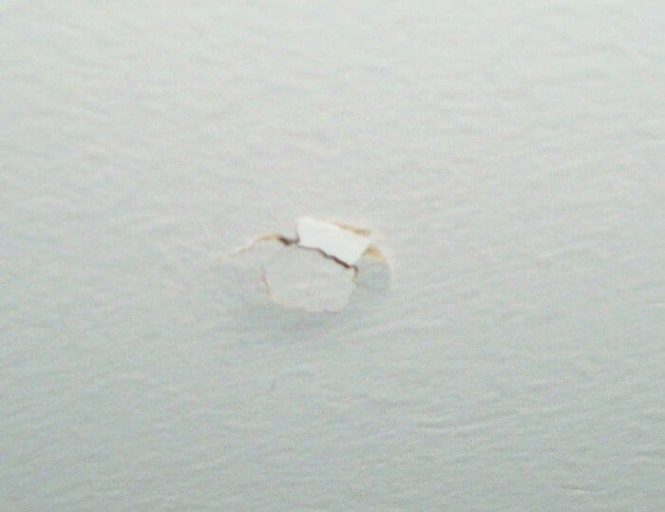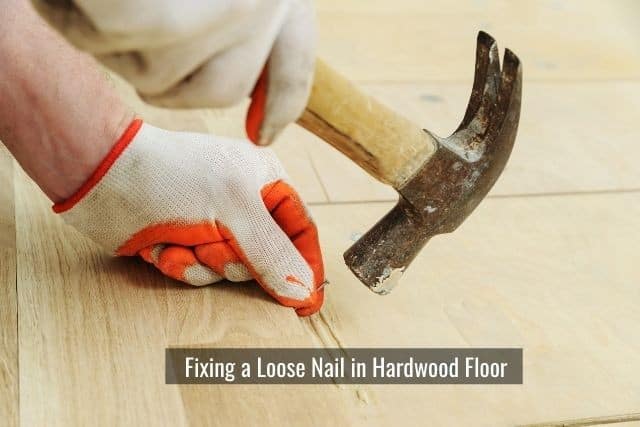

Fixing popping nail heads in floors is a common issue that can impact the aesthetics and structural integrity of your flooring. This comprehensive guide delves into practical strategies to resolve this frustrating problem, empowering you with the knowledge and skills to tackle the task yourself. We’ll explore the root causes, introduce various repair methods, and provide you with the necessary steps to ensure a successful and long-lasting fix. We’ll cover simple solutions like tightening loose nails and more complex methods, such as using adhesives or expanding foam. Understanding the types of flooring, from hardwood to vinyl, is also crucial to choosing the right approach. This guide will walk you through each step in detail and provide troubleshooting tips to avoid future issues.
Understanding the Causes of Popping Nail Heads
Identifying the Root of the Problem
Popping nail heads often result from a combination of factors, ranging from simple issues to more complex structural problems. A loose nail is a common culprit, especially with older or poorly installed flooring. Moisture, temperature fluctuations, and even foot traffic can exacerbate the issue over time. Another contributing factor is the quality and type of flooring itself. For example, hardwood floors that are not properly attached to the subfloor can be more susceptible to popping nails.
Types of Flooring Issues
Several types of flooring can experience popping nail issues. Hardwood floors, with their intricate design, can suffer when nails aren’t correctly installed and maintained. Vinyl planks, often favored for their durability, can present issues if the subfloor isn’t properly prepped. Parquet flooring, with its unique pattern, can also be prone to the same issues when the underlying support isn’t robust. Each type requires specific methods of fixing popping nail issues.
Simple Repair Solutions
Tightening Loose Nails
In many cases, a simple tightening of the loose nail is all that is required. Use a claw hammer or specialized nail puller to gently remove any gaps around the nail head. Re-insert the nail using a hammer and ensure it’s properly seated in the wood. Be cautious not to hammer the nail too hard, which could cause further damage to the flooring.
Using Wood Fillers
For small gaps or holes, a wood filler can effectively conceal the damage. Choose a wood filler that matches the flooring material closely for a seamless result. Apply the filler according to the manufacturer’s instructions and let it dry completely. Once dry, sand the area smooth for a polished finish. This approach is ideal for less severe issues.
Advanced Repair Techniques
Adhesive Repairs
For more significant issues, especially those involving gaps or structural problems, consider using an appropriate adhesive. Wood glue, construction adhesive, or epoxy can be applied to the affected area to fill the gap and secure the nail. Choose the type of adhesive that is compatible with your flooring material. Ensure the surface is clean and dry before applying the adhesive. Allow the adhesive to cure completely before applying any pressure or subjecting the area to foot traffic.
Dealing with Damaged Subfloors
Inspecting the Subfloor
If the popping nails are a recurring issue, the underlying subfloor may be the culprit. Moisture damage, uneven surfaces, or structural weaknesses can all contribute to this problem. Visually inspect the subfloor and look for any signs of deterioration, such as warping, rot, or gaps. Document any areas that need particular attention.
Prevention Strategies
Regular Maintenance
Regular checks and maintenance of your flooring can help to minimize the risk of popping nail heads. Inspecting the flooring regularly for signs of movement or damage can help in addressing problems early on and avoid major damage. This preventative care is a cost-effective way to prolong the life of your flooring. Check for any signs of excessive moisture, as moisture can cause flooring to swell, leading to popping issues.
In conclusion, fixing popping nail heads in floors is a manageable DIY project with the right tools and knowledge. By understanding the causes of the popping, choosing the appropriate repair method, and following these steps carefully, you can restore the flooring to its original condition and avoid further damage. If you’re unsure about any step, it’s always best to consult a professional for assistance. Contact a qualified flooring contractor for a professional assessment and quote.